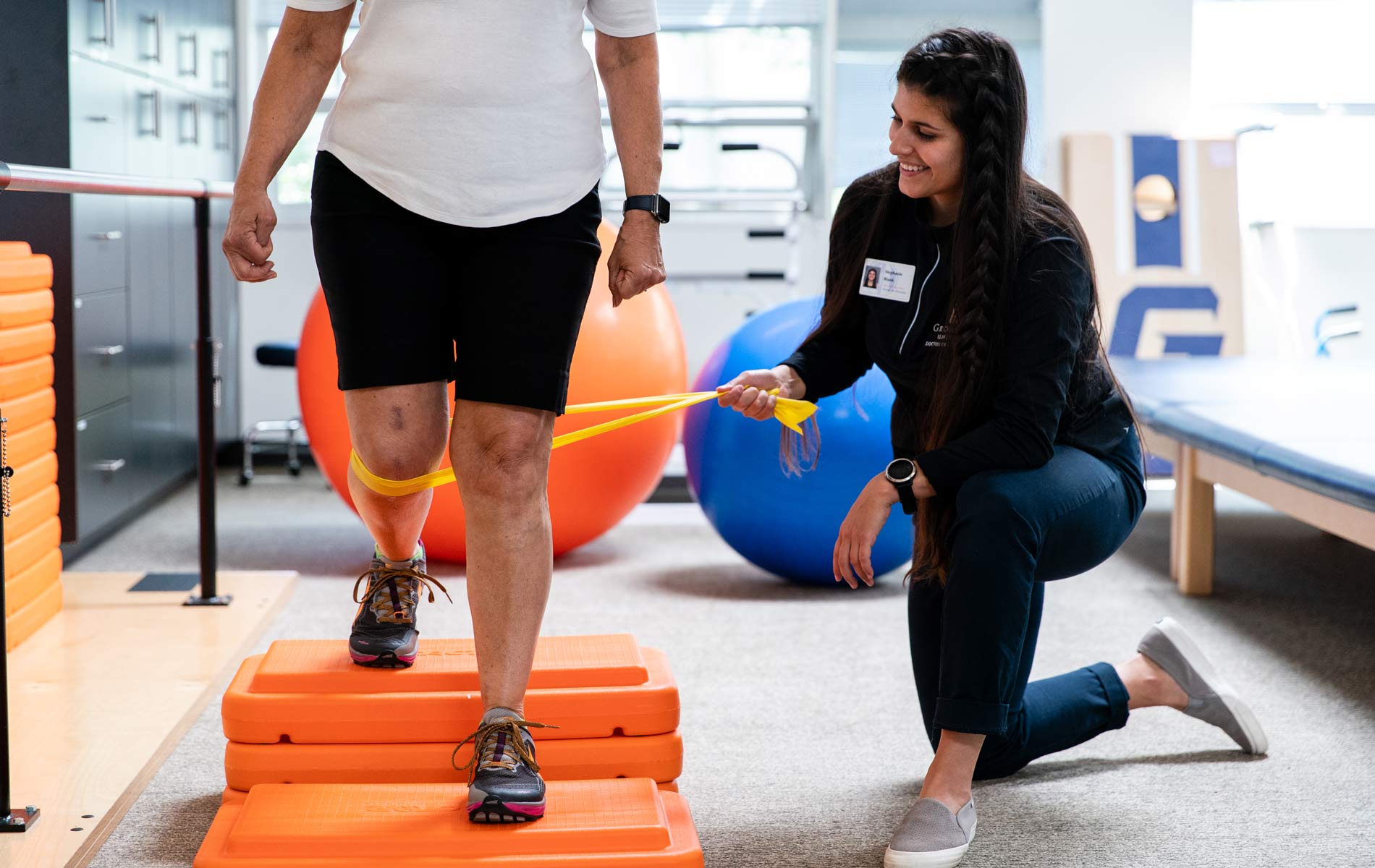Investigating the Varied Techniques of Physiotherapeutic Therapy for Improved Recovery and Restoration
Investigating the Varied Techniques of Physiotherapeutic Therapy for Improved Recovery and Restoration
Blog Article
Physical therapy is an important discipline that helps people recover from traumas, operations, and multiple medical conditions. It involves a range of techniques designed to improve movement, reduce discomfort, and boost general bodily function. Physical therapists are trained professionals who assess each patient’s needs and develop customized care plans. These plans often include exercises, manual treatment, and instruction about body movements. By employing these diverse techniques, physiotherapy can significantly enhance a patient’s quality of life.
One common technique used in physical is rehabilitative activity. This involves specific movements and activities that assist build muscle strength, improve flexibility, and boost stamina. For instance, a patient rehabilitating from knee operation may engage in workouts that focus on rebuilding power in the lower limb muscles. These exercises are meticulously selected based on the patient’s status and goals. By incrementally boosting the intensity and complexity of the activities, physiotherapy therapists can help patients recover their power and mobility over a period.
Another important technique is hands-on therapy, which includes physical approaches to manipulate the human body tender tissues and articulations. This can entail stretching, joint movement, and massage. Hands-on treatment aims to alleviate pain, minimize inflammation, and improve blood flow. For instance, a practitioner may apply gentle force to ease tension in tight muscle groups or to help a articulation move more freely. This method is often combined with other therapies to enhance rehabilitation and encourage recovery. Patients often consider manual therapy to be a soothing and effective way to control their discomfort.
In furthermore to exercises and hands-on therapy, instruction plays a crucial part in physical. Practitioners teach clients about their conditions and how to handle them effectively. This may entail guidance on correct posture, physical mechanics, and strategies to prevent subsequent injuries. For instance, a practitioner might show a client how to lift weighty objects properly to prevent straining their spine. By empowering patients with understanding, physical practitioners help them assume an active role in their rehabilitation and encourage sustained health and well-being.
Finally, technological advancements is increasingly being incorporated into physical methods. Tools such as sonography, electrical impulses, and immersive reality can improve traditional therapy methods. These technologies can assist reduce discomfort, promote healing, and offer engaging methods for clients to participate in their recovery. For example, immersive environments can create engaging environments for patients to rehearse actions in a safe plus protected setting. As advancements continues to evolve, it offers promising possibilities for enhancing recovery results in physical.
In conclusion, physiotherapy encompasses a variety of methods that work in unison to assist recovery and healing. Through rehabilitative exercises, manual treatment, client education, and the application of technological tools, physical practitioners provide comprehensive treatment customized to each personal training for circuit training individual’s requirements. This comprehensive approach not only assists clients regain their physical capabilities but also enables them to maintain their health in the long-term future. As more people acknowledge the benefits of physical, it remains to serve a vital role in the pathway toward enhanced health and well-being.